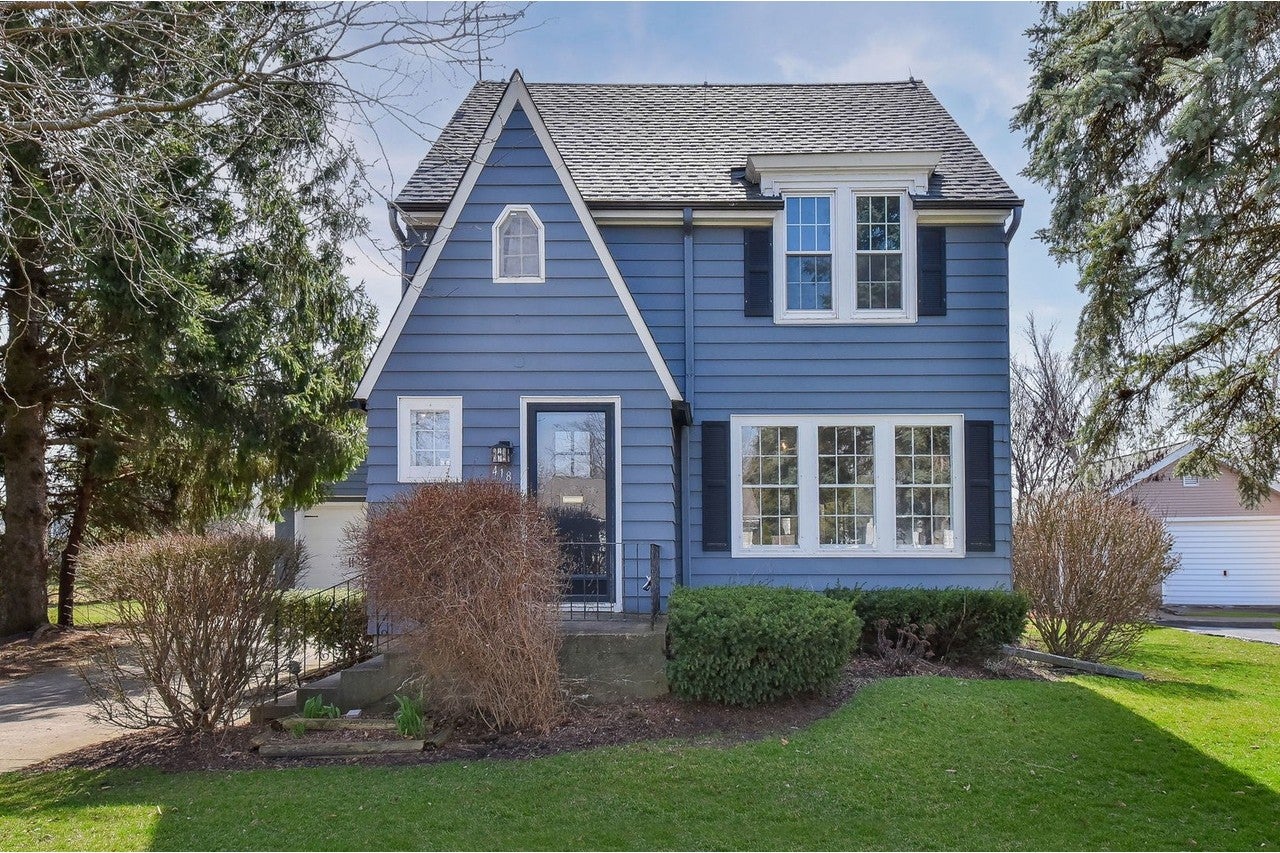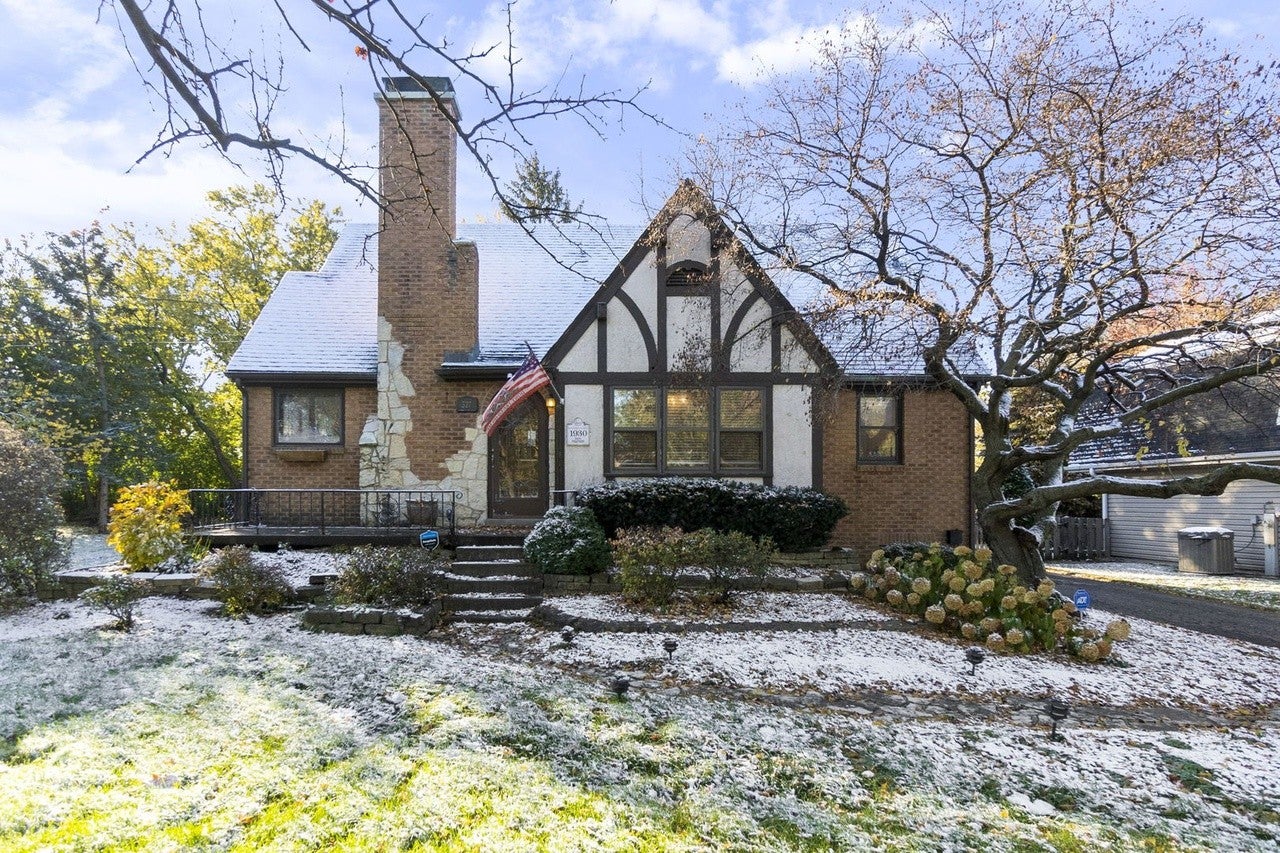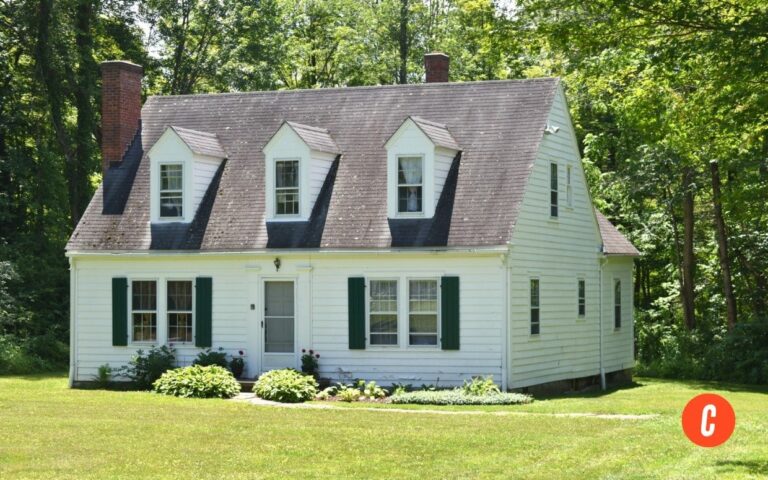Sears, Roebuck and Company, popularly known as Sears, held a prominent place in American retail history. Beyond its vast inventory of household goods, the company ventured into the housing market between 1908 and 1940, offering catalog homes that became symbolic of affordable homeownership for many American families. Today, we delve into the fascinating story of these innovative mail-order houses, their historical significance, current values, and best practices for marketing them.
A Historical Overview of Sears Catalog Homes
The journey began in 1908 with the introduction of the first Sears Modern Homes Catalog. Homebuyers could select from an array of house designs, place their order, and receive a home kit via mail. The price of a basic kit was approximately $650 at the time, which translates to about $22,000 in today’s currency. This price covered only the construction materials, such as high-quality pre-cut lumber, shingles, and comprehensive building instructions, excluding land and utility installations.
The 1910s marked a significant period of growth for the Sears Modern Homes division. The company improved production processes, established regional distribution centers, and provided flexible payment options, making it a convenient choice for families across the nation. As demand soared, Sears expanded its catalog to include around 370 house designs by 1915, accommodating various aesthetics, budgets, and family sizes. The 1920s saw further popularity, bolstered by a flourishing economy and the allure of modern conveniences like electrical wiring and plumbing fixtures available as kit add-ons.
However, the onset of the Great Depression in the 1930s led to a shift in strategy. Sears began offering smaller, more affordable house options in response to financial constraints faced by many families. Despite these efforts, the company discontinued its home kits in 1940, concluding an iconic chapter of American architectural history. It’s estimated that Sears sold over 70,000 home kits during its operation in the housing market. Many of these homes still exist today, with their market values ranging from $300,000 to over a million based on conditions, locations, and renovations.
Identifying a Sears Kit Home
If you suspect that you have a Sears house, here’s a guide to help you identify it:
1. Examine Construction Features
Look closely at the materials used in the construction. Sears homes are often characterized by distinctive styles like Craftsman bungalows, Tudors, and Colonial Revivals, typically featuring low-slope roofs, decorative chimneys, and ample porches, all crafted from pre-cut materials.
2. Look for Markings and Documentation
Check for stamped lumber and shipping labels located in the basement or attic, as these identifiers were used during the construction process. While not every Sears house will bear these markings, they provide valuable clues about the home’s origins.
3. Investigate the Home’s History
Research the original owner and construction date through local libraries and historical archives. This information can help establish ties to Sears catalog models that were prevalent during specific periods.
4. Consult Experts
For added assurance, consider reaching out to professionals familiar with Sears homes, such as historians or preservation specialists. Many online communities and forums dedicated to Sears houses offer support and resources to assist in your exploration.
Current Value of Sears Houses
Though the catalog is closed, the legacy of Sears homes resonates in today’s real estate market. Current listings for Sears houses show significant variance in pricing, influenced by factors like location, condition, and historical significance. As of now, several noteworthy listings include:
1. 3325 Warringham Ave, Waterford, Michigan
2. 6522 33rd St, Berwyn, Illinois
3. 418 Ann St, West Chicago, Illinois

4. 327 Geneva Rd, Glen Ellyn, Illinois

Effective Marketing Strategies for Sears Kit Homes
Marketing a Sears home can be a unique endeavor for real estate agents. Here are some strategies to effectively showcase these historic homes:
- Highlight Unique Features: Promote the historical significance and quality craftsmanship of Sears homes through educational content such as blog posts and videos.
- Focus on Quality: Emphasize the solid construction, design features, and durability of Sears homes in property listings.
- Network Within Niche Markets: Engage with communities that appreciate vintage architecture, including history buffs and restoration enthusiasts.
- Leverage Virtual Tours: Create engaging virtual tours using high-quality photography and video to capture the charm of Sears homes.
- Organize Open Houses: Plan open houses to attract potential buyers, utilizing local advertising channels to promote the event.
- Utilize Social Media: Use platforms like Instagram and Facebook to share visually appealing content and reach targeted audiences interested in historic homes.
Frequently Asked Questions about Sears Houses
Can you still purchase houses from Sears?
No, Sears stopped selling kit homes in the 1940s. However, many Sears kit homes still exist and are preserved by homeowners across the country.
How can I determine if my home is a Sears house?
Look for unique construction features and consult old catalog designs. Local archives may also provide valuable insights.
Which states have the most Sears houses?
Illinois, Michigan, and Ohio boast the highest numbers of Sears houses, with others found in states like California and New York.
Are Sears houses still valuable today?
Yes, these homes maintain significant value in the real estate market, especially when well-preserved, as they are sought after for their historical significance.
How did the Sears Catalog houses work?
Buyers selected a home design from the Sears catalog and placed an order, receiving a kit that included all necessary materials and detailed assembly instructions.
Conclusion
Sears houses have left an indelible mark on American architectural history, offering insight into the era’s design and accessibility. Whether you’re considering purchasing one, selling, or simply exploring, Sears homes are much more than mere structures; they are a testament to a bygone era of ingenuity and community. Share your thoughts or experiences with Sears homes in the comments!
This article covers all pertinent aspects of Sears homes, from historical context to marketing strategies, while adhering to the specified guidelines for tone, structure, and sourcing.
